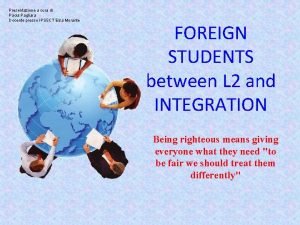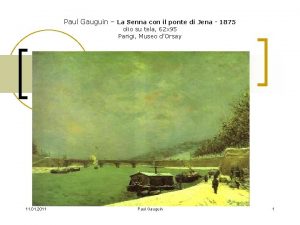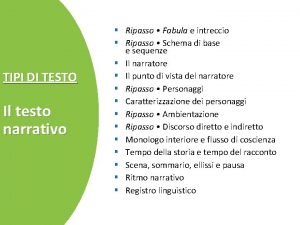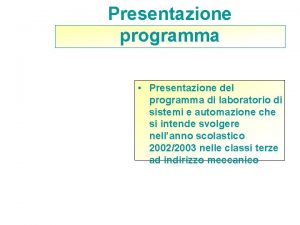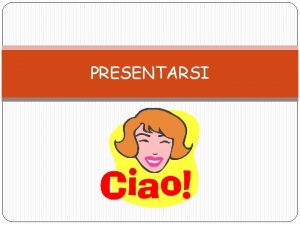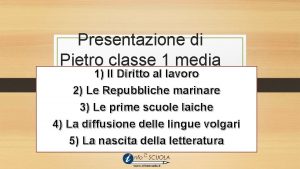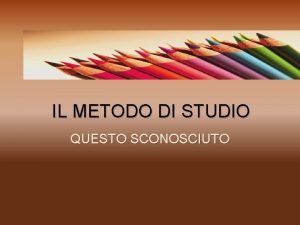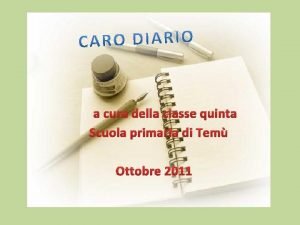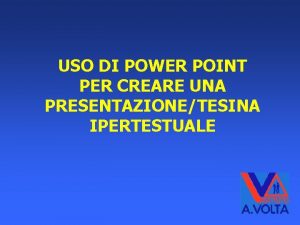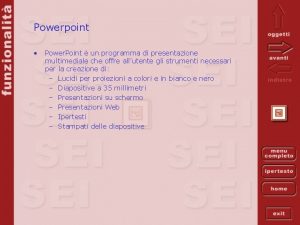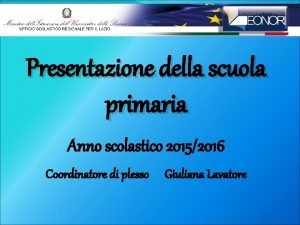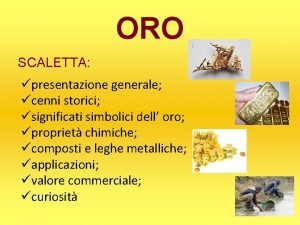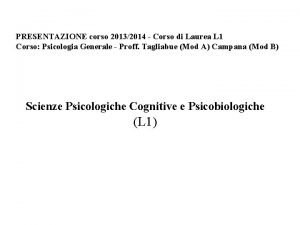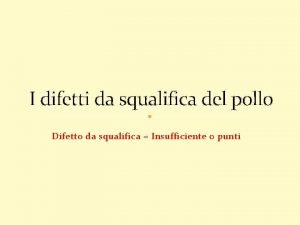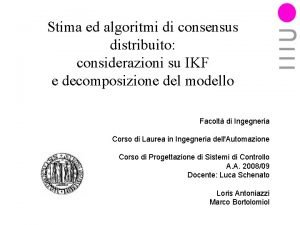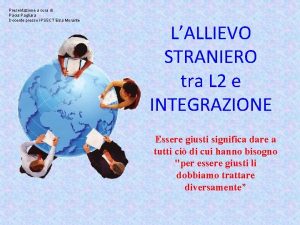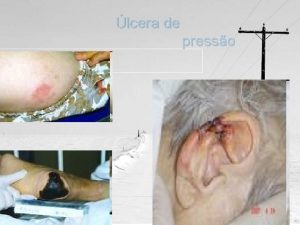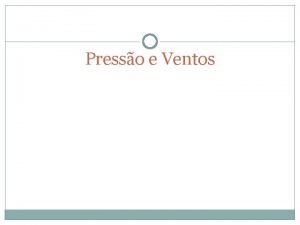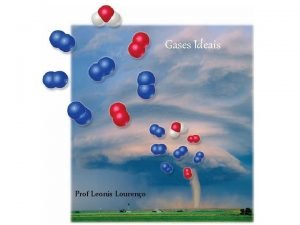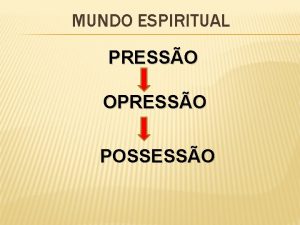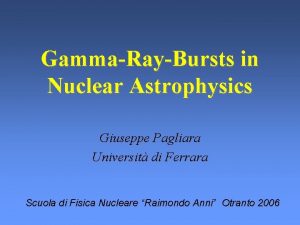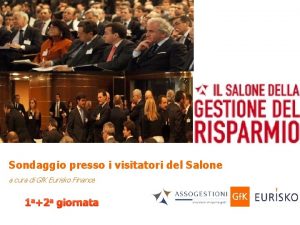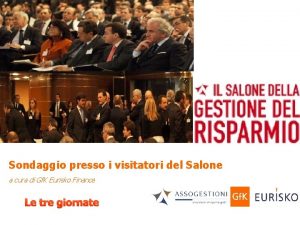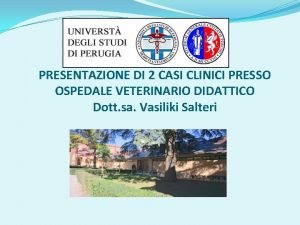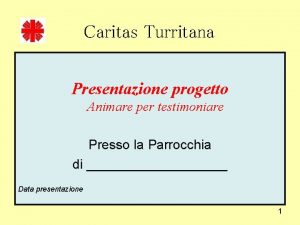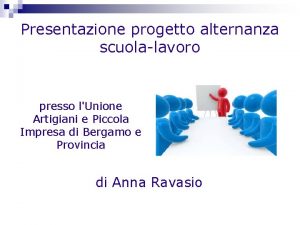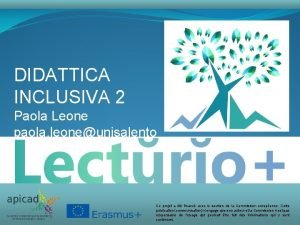Presentazione a cura di Paola Pagliara Docente presso
















- Slides: 16

Presentazione a cura di Paola Pagliara Docente presso IPSSCT Elsa Morante FOREIGN STUDENTS between L 2 and INTEGRATION Being righteous means giving everyone what they need "to be fair we should treat them differently"

The theme of INTEGRATION represents a foundamental pillar of the study plan of the Istitute ELSA MORANTE. Great attention is given to this theme. Integration involves especially: • STUDENTS WITH DISABILITIES • STUDENTS WITH LEARNING DISABILITIES (L. D. ). • FOREIGN STUDENTS (who have recently arrived). Often these students, that represent the most vulnerable segment, require ADJUSTMENTS OF THE STUDY PLAN and METHODOLOGICAL VARIATIONS.

NON ITALIAN SPEAKER STUDENT • In order to defining the competence level of non. Italian-speaker student it is necessary to take into account a very important element which is his level of Italian Language knowledge. • Keep in mind that it is an L 2 type of Italian language learning. • At the beginning the student is in a phase of INTERLINGUA. The language spoken initially by the student is a REGULAR AND AUTHONOMOUS LANGUAGE SYSTEM and NOT a MISTAKES SYSTEM.

• An useful tool to monitor closely the progresses of learning is the COMMON EUROPEAN FRAMEWORK for all languages. It is divided in LEVELS like: A 1 -A 2; B 1 -B 2; C 1 -C 2. • Common European Framework is used especially for the admission test and for testing during the L 2 literacy courses.

To get an idea of the TIME required for different learning processes it is useful look up at this TABLE. PHASES INITIAL: A 1 - A 2 OBJECTIVES BASIC INTERPERSONAL COMMUNICATION. LENGTH DEDICATED TIMES THREE or FOUR MONTHS SECOND PHASE: A 2 - B 1 BASIC INTERPERSONAL COMMUNICATION. A LANGUAGE TO COMMUNICATE ITALIAN LANGUAGE FOR STUDY PHASE OF FACILITATION EFFECTIVE AND EFFICIENT COMMUNICATION 8 -10 HOURS WEEKLY COMPLETE FIRST YEAR SECOND YEAR 6 HOURS WEEKLY NEEDS AT THE BASE LINGUISTIC CURRICULUM LEARNING B 1 - B 2 LANGUAGE FOR STUDYING

OUR SCHOOL • ALL LEARNING ACTIONS CARRIED OUT FOR HELPING NON-ITALIANSPEAKER-STUDENTS REFER TO SOME OF THE MAIN NORMATIVE REFERENCES SUMMARIZED BELOW • L. 517/AGOSTO 1977 • DPR n. 275/1999 art. 4 • Art. n. 45 del DPR n. 394 of 31/08/1999, paragraph 4 • L. 53/03, art. 3 • “Guide lines” of MIUR, February 2006 • Coordination with existing rules for pupil assessment and more detailed rules on the subject, in accordance with Articles 2 and 3 of the Law of 1 September 2008, No 137, converted with amendments into law October 30, 2008, No 169, Art. 1 paragraph 9.

PRINCIPAL ACTIONS • These are the actions that are traditionally implemented in the Institute Elsa Morante: • Welcoming foreign students, recently or very recently arrived. • Welcoming foreign students which arrived during the school year. • Admission tests observing the real competence levels of all students placed between A 1 and B 2 of the European frame work. • Italian language Literacy courses as L 2. Language enhancement to communicate.

• Courses to strengthen language learning aimed to the knowledge of specific language for each discipline, and thereby fostering the transition from a language to communicate to a language to study. • Personalization of the learning activity in all disciplines, with a large and continuous involvement of the Class Council also in order to ensure the success of training and fighting against early school failure. • Evaluation of L 2 courses and of all curriculum disciplines in summative and not certifying terms. The evaluation should also take into account the skills in terms of KNOW-HOW, as well as of the cross-cutting objectives. • Implementation of activities that promote knowledge exchange, acceptance of different cultural styles that lead students to consider diversity as a value (theatre plays, short films).

• Please note that ALL TEACHERS, regardless of the taught subject, are required to implement educational strategies to help ensure the educational success of all students and to undertake a proper evaluation as a final process of this educational path.

MATERIALS: the following file will be delivered to the coordinator of each Class Council (CC) : “GUIDELINES” FOR DEALING PROPERLY WITH THE FOREIGN STUDENTS IN THEIR CLASS REGARDLESS OF THE TAUGHT SUBJECT. These tips, tricks, approach techniques stress that the presence of foreign students in a class requires special operating mode, as "special" is the condition of the foreign student, especially if he/she has been in Italy for only a few years. All teachers within the CC, (if and when the necessity arises) shall, through a PERSONALIZATION of TRAINING PATHS, adapt their teaching, individualized and adapted to the real needs of the students who does not speak Italian. Intercultural education should be regarded not as an additional discipline, but as a transversal dimension that relates to a form of cultural pluralism, which should belong to all academic staff, and will promote the acquisition of citizenship for all students.

• In this regard, we should focus on the discourse of the PERSONALIZATION of learning paths to be able to achieve a uniform EVALUATION. The assessment, in fact, as we know, is the final process that "passes" through the content acquisition, it needs to be normative and it must focus on the acquisition of skills more in terms of know-how than simple knowledge.

COMMUNICATION: • Speak slow, emphasizing the keyword using the tone of voice. • Use short statements (subject, predicate, complement). • Use the verbs at the indicative (present, past tense, future tense) • Avoid using too many pronouns and impersonal forms. • Provide information in logical and chronological order. • Read several times the requirements of the exercises. • Oral tests are preferred, giving the possibility to consult summary diagrams. • Program the tests to avoid the overlapping of multiple tests. • Formulate short sentences and avoid dictation. • Submit short articles to read. • Use the basic vocabulary only. • Repeat often the keywords, showing it clearly also in writing. • Use, when possible, audio-visual instruments, computers… • Evaluate the foreign student taking into account its difficulties, stressing the "success" rather than the failures.

The personalized education plan is composed of two parts: • PART ONE: IT'S A FIRST DETECTION OF SKILLS THAT THE INTERCULTURAL COMMISSION DOES AFTER RECEIVING THE TEST FROM THE STUDENT. • PART TWO: THIS MEANS ADJUSTMENTS TO THE STUDY PLAN IMPLEMENTED BY EACH TEACHER, IF THE NEED ARISES, WITH AN INDICATION OF THE DISCIPLINARY CONTENT, METHODOLOGICAL PROPOSALS AND EVALUATION MODALITIES.

Istituto Professionale di Stato per i Servizi Commerciali e Turistici “ELSA MORANTE” 41049 SASSUOLO (Modena) Via F. Selmi, 16 - ' (0536) 88. 11. 62 - 88. 10. 31 - Fax (0536) 87. 02. 25 - Tax Code 93004140369 email morante@elsamorante. it Web www. elsamorante. it PERSONAL EDUCATION PLAN FOR NON ITALIAN SPEAKER STUDENT S. Y. _______ FIRST PART Surname and name ……………………… Class …………… Place and date of birth …………………. . Mother tongue …………………. . Other languages ……………… Number years passed in Italy until now ………… Any Italian course attended in Italy and its duration ………………. Previous school career abroad: num. years……………. . in Italy: num. years…… Schools attended …………… qualifications ……………….

TEACHER…………………………. . TEACHING MATTERS ………………… Disciplinary, methodological proposals, content, evaluation. CONTENTS: 1. Adaptations of the work plan ______________________________________________________________ 2. Definition of objectives ______________________________________________________________ _______________________________ 3. Replacement or supplementary topics ______________________________________________________________ 4. Using simplified text and / or benefits support ______________________________________________________________

5. Other _____________________________________________________ PROPOSED METHODOLOGY. Indicate from the list below, those that are considered the most appropriate and effective measures to improve the learning of their discipline. 1. Use of laboratories. 2. Using oral and written texts adapted and simplified. 3. Using tools such as diagrams, tables, graphs, images, concept maps. . . 4. Other EVALUATION. Indicate the main mode of assessment. 1. Oral exam. 2. Written tests. 3. Trials with: “true/false”- multiple-choice completion 4. More time for inspections. 5. Other………………………………… ASSESSMENT ON CROSS-CUTTING OBJECTIVES (Use: inadequate - partly adequate - adequate) 1. Commitment 2. Compliance issues 3. Participation 4. Socialization 5. ………………. .
 Paola pagliara
Paola pagliara Chi siamo da dove veniamo dove andiamo
Chi siamo da dove veniamo dove andiamo Docente tradicional vs docente innovador
Docente tradicional vs docente innovador Presentazione su roma
Presentazione su roma Tipi di ritmi narrativi
Tipi di ritmi narrativi Grazie fine presentazione
Grazie fine presentazione Buongiorno formal or informal
Buongiorno formal or informal Presentazione classe 1 media
Presentazione classe 1 media Grazie fine presentazione
Grazie fine presentazione Presentazione della classe quinta scuola primaria
Presentazione della classe quinta scuola primaria Tesina power point
Tesina power point Presentazione multimediale powerpoint
Presentazione multimediale powerpoint Presentazione classe coordinatore scuola primaria
Presentazione classe coordinatore scuola primaria Pirite valore al grammo
Pirite valore al grammo Presentazione power point tesi unipd psicologia
Presentazione power point tesi unipd psicologia Grazie fine presentazione
Grazie fine presentazione Grazie fine presentazione
Grazie fine presentazione
